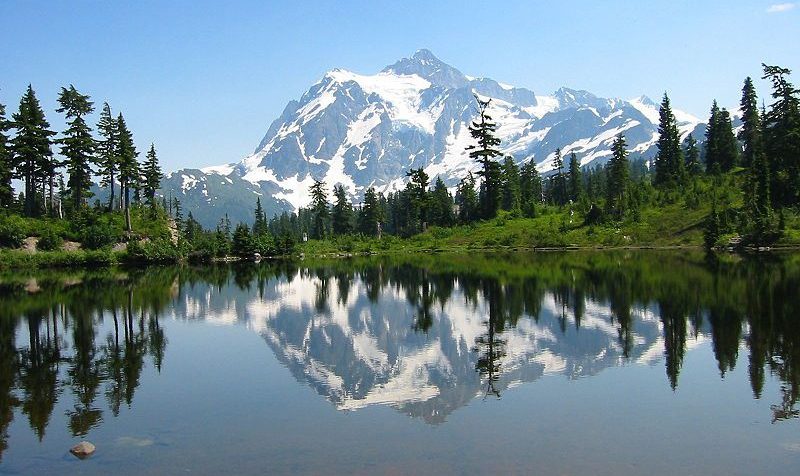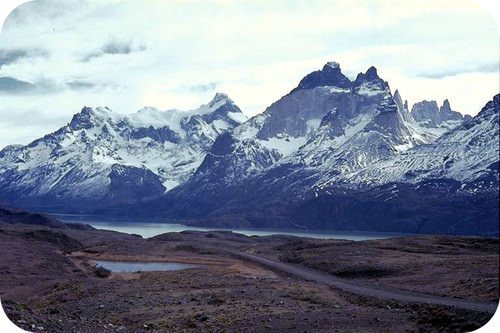30 How Does Plate Tectonics Creates Mountains?

Plate tectonic processes create some of the world’s most beautiful places. The North Cascades Mountains in Washington State are a continental volcanic arc. The mountains currently host some glaciers and there are many features left by the more abundant ice age glaciers. Changes in altitude make the range a habitable place for many living organisms.
Converging Plates
Converging plates create the world’s largest mountain ranges. Each combination of plate types—continent-continent, continent-ocean, and ocean-ocean—creates mountains.
Converging Continental Plates
Two converging continental plates smash upwards to create gigantic mountain ranges (Figure 1). Stresses from this uplift cause folds, reverse faults, and thrust faults, which allow the crust to rise upwards. As was stated previously there is currently no mountain range of this type in the western U.S., but we can find one where India is pushing into Eurasia.

Subducting Oceanic Plates

Diverging Plates
Amazingly, even divergence can create mountain ranges. When tensional stresses pull crust apart, it breaks into blocks that slide up and drop down along normal faults. The result is alternating mountains and valleys, known as a basin-and-range (Figure 3). In basin-and-range, some blocks are uplifted to form ranges, known as horsts, and some are down-dropped to form basins, known as grabens.

Summary
- Converging or diverging plates cause mountains to grow.
- Subduction of oceanic crust beneath a continental or oceanic plate creates a volcanic arc.
- Tensional forces bring about block faulting, which creates a basin-and-range topography.
